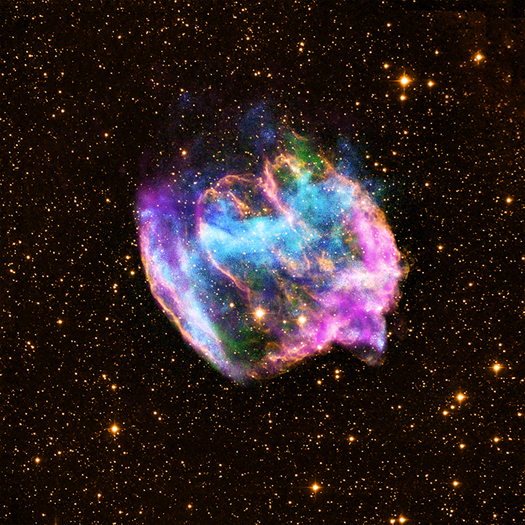
**How Did the Universe’s Initial Supermassive Black Holes Expand So Rapidly? New Research Uncovers the Mysteries of Cosmic Giants**
The identification of supermassive black holes at the heart of the universe’s earliest quasars has baffled astronomers for many years. These cosmic behemoths, which are billions of times more massive than our Sun, somehow achieved remarkable sizes in less than a billion years following the Big Bang, far surpassing what current black hole growth models deem feasible. Recently, a pioneering study led by an international research team from Italy’s National Institute for Astrophysics has shed light on the evolution of these mysterious entities, potentially transforming our comprehension of early cosmic history.
### **The Study Spotlight**
Featured in *Astronomy & Astrophysics*, this research examined 21 of the most distant quasars ever detected using data from the XMM-Newton and Chandra space telescopes. Over about 700 hours of observations conducted between 2021 and 2023, the researchers uncovered evidence of exceptionally swift black hole growth, possibly pushing known physical limits. The primary outcomes of the study reveal a fascinating link between the gas temperature surrounding these black holes and the remarkably fast matter-rich winds ejected from the quasars.
### **Quasars and Their Cosmic Beginnings**
Quasars—short for “quasi-stellar objects”—are among the most luminous and remote objects in the universe, energized by supermassive black holes that ravenously consume nearby matter. As this material spirals towards the black hole, it heats up and emits powerful radiation, allowing quasars to be visible over immense cosmic distances.
The quasars studied date back to an era when the universe was not yet a billion years old—merely 6% of its current 13.8 billion-year timeline. Yet, despite this brevity, the central black holes of these quasars appear to have already attained phenomenal masses, reaching billions of times that of our Sun. Alessia Tortosa, the study’s lead author, stated, “Our research implies that the supermassive black holes present at the centers of the first quasars that formed within the initial billion years of the universe may have significantly intensified their masses, challenging physical constraints.”
### **Exceeding the Eddington Limit**
One of the most astonishing findings of the study pertains to the Eddington limit— a theoretical maximum rate at which a black hole can draw in matter. This limit dictates that the gravitational attraction of a black hole must counterbalance the outward radiation pressure created by the infalling material. In theory, surpassing this limit is impossible, as the radiation would disperse the matter, preventing additional growth.
Nevertheless, the researchers found that certain ancient quasars appeared to contradict this limit. By analyzing the X-ray emissions from the corona surrounding the black holes—the intensely hot area near the black hole—they identified a relationship between lower energy X-rays (indicative of cooler temperatures) and faster winds ejected at speeds reaching thousands of kilometers per second. These observations imply that the black holes were ingesting matter at remarkable rates, exceeding the Eddington limit and achieving extraordinary growth.
### **The Contribution of the HYPERION Project**
The findings of this study were bolstered by data from the HYPERION project, an ambitious initiative focused on examining the most luminous quasars from the “cosmic dawn,” the epoch when the initial galaxies and stars began to emerge. Luca Zappacosta, one of the researchers involved, noted that the team’s accomplishment was attributed to their meticulous selection of high-mass “titanic” quasars and their detailed X-ray analysis of these bodies. This strategy allowed them to unravel the intricate mechanisms behind such rapid black hole development.
### **Consequences for Cosmic Development**
Grasping how such supermassive black holes formed and expanded so swiftly is vital for solving the broader enigma of early cosmic evolution. These colossal entities likely played a crucial role in structuring the universe, influencing the birth of galaxies, stars, and various celestial systems. Their capability to grow at rates thought to be beyond physical limits suggests mechanisms that are not yet completely understood, potentially involving exotic conditions from the early universe.
The discoveries from this study lay the groundwork for future X-ray missions by ESA and NASA planned for 2030 to 2040. By enhancing our comprehension of quasars and the black holes that power them, astronomers aspire to reveal more insights into how the universe evolved from its chaotic inception to the complex cosmic arrangement that we observe today.
### **What Lies Ahead?**
Although this study signifies noteworthy advancements, it also prompts further inquiries. What processes enabled these black holes to transcend the Eddington limit? Could unknown environmental factors in the early universe have facilitated their rapid growth? How do these revelations fit with theoretical models of cosmic development?